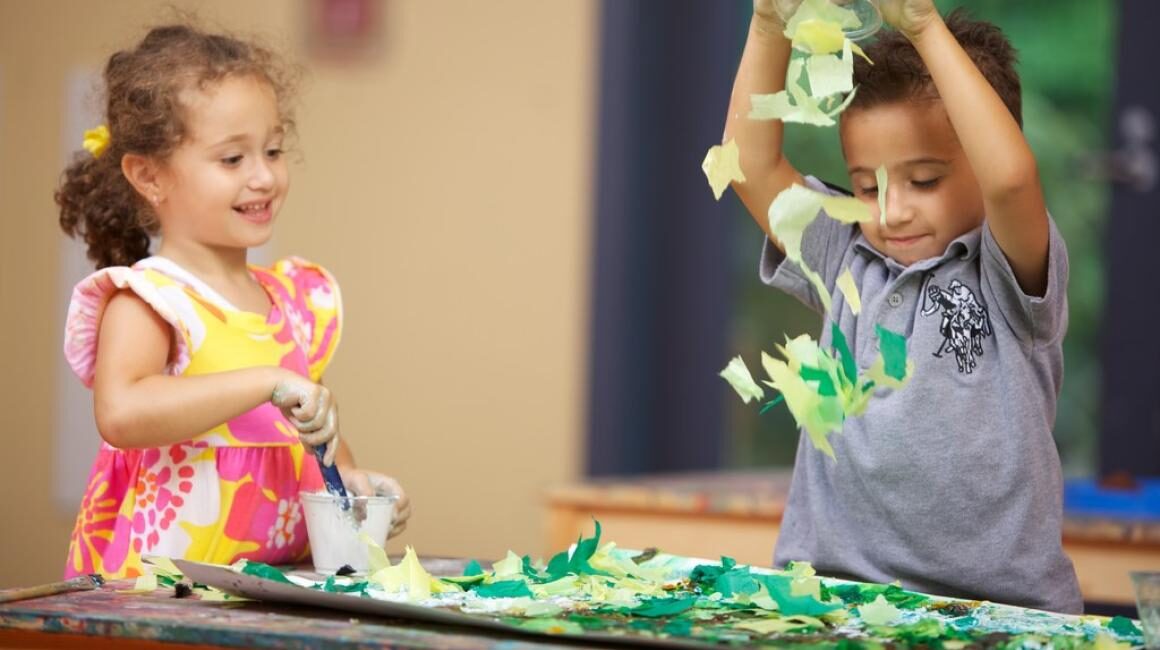
New “grade bands” will include a birth-to-kindergarten certification that is new for Michigan.
Back in 2018, the Michigan Department of Education announced it was adopting a new system for teacher certification, the flagship feature of which was an expanded set of “grade bands” new teachers could get certified in. Under the current system, students can choose from either an “all subjects” elementary certification or a secondary-level certification with a concentration in a specific subject area. When the new grade bands take full effect over the next several years, Michigan teachers will be able to choose from among five grade bands: birth-kindergarten, preK-3rd grade, 3rd-6th grade, 5th-9th grade, and 7th-12th grade. The hope is that the more nuanced certifications, especially in the early and middle grade bands, will allow teachers to focus more precisely on the unique literacy and math needs of each age group.
Moreover, the birth-kindergarten teacher certification is new for Michigan, and Education Professor Susan Everett says this will set teachers up to work in the state of Michigan’s Early On program, which provides educational services to children age birth to 3 who have developmental delays. “Early intervention used to focus on services provided by the medical community, so a child might see a speech pathologist or an occupational therapist,” says Everett. “But now we’re learning that a more holistic intervention, including working with the families to enhance children’s learning, usually results in a better outcome for the child. So this is an exciting opportunity for our students.”
Everett says the new grade band structure is a significant improvement. But just as noteworthy are some new features of the teacher preparation program that are coming as a result of new curriculum standards. One of the most significant is a big increase in the number of field hours that students will be getting prior to their student teaching experience. Under the current system at UM-Dearborn, students log 45 clock hours in local schools, which usually consists of things like focused observations, working one-on-one with a student for a few hours, tutoring, or teaching a small group in-classroom lesson. Under the new curriculum, the field requirements are spiking to 135 hours, which Everett says will give students a chance to take on more substantial classroom responsibilities. It’s sort of like a “mini student teaching experience” before their actual student teaching.
Under the new state curriculum standards, universities were given quite a bit of freedom in designing these field experiences. At UM-Dearborn, Everett says we’ve organized them into two 7-credit “apprenticeship” blocks, which braid together a 3-credit methods course, a 3-credit field-based course, and a 1-credit educational technology course. Moreover, these blocked co-requisites all focus on the same core skill or subject area. The idea, Everett says, is that students will get to immediately apply in the field what they’re learning in the classroom, which can really boost learning. “We actually patterned this after what our early childhood education students were doing at the Early Childhood Education Center,” Everett says. “They would take an intensive experience before their student teaching, and they were just so much further along in their knowledge and experience that we wanted something like this for everybody.”
CEHHS Associate Dean and Professor of Educational Technology Stein Brunvand says integrating the educational technology coursework directly into these apprenticeship blocks could pay off big for students. Up until now, students have been taking a 3-credit ed tech course, usually in the early years of the program. The challenges of doing it that way were two-fold, Brunvand says. For starters, students weren’t placed in classrooms yet, so much of their learning involved designing “hypothetical applications” of technology for “hypothetical classrooms.” Second, because there was often a multi-year gap between the course and their student teaching, students risked losing much of that content knowledge before they got a chance to apply it. “Now, we’re taking the hypothetical out of it,” he says. “With their apprenticeships, students will know exactly what technology is available in their classrooms. And if all they have is an overhead projector, a set of Chromebooks they can check out, and spotty WiFi, then we can get creative and design a lesson around that. It doesn’t get much more real-world than that, and that’s when we know students do their best learning.”
Students will take two of these apprenticeship blocks during their teacher preparation programs. One will focus on the student’s chosen grade band and, in the case of secondary students, subject area. But one of the things that makes UM-Dearborn’s program unique is that the other apprenticeship block will focus on teaching English language learners. Currently, students have the option of pursuing an ESL endorsement as part of their teacher preparation program, but under the new curriculum, all UM-Dearborn education students, across the elementary and secondary grade bands, will now be trained to work with English language learners. Everett says this could really help fill the growing need for ESL teachers and give UM-Dearborn graduates a leg up in hiring. Some local districts are now requiring new teachers to get an ESL endorsement within their first few years to maintain employment.
The curriculum redesign has been a big undertaking for CEHHS and the Education Department’s faculty, staff and administrators. Fortunately, Everett says the state is helping with that lift by rolling out the new system in phases. The three early-age grade bands will debut this fall, with the new secondary programs starting to roll out in Fall 2023.
Contact: Lou Blouin


